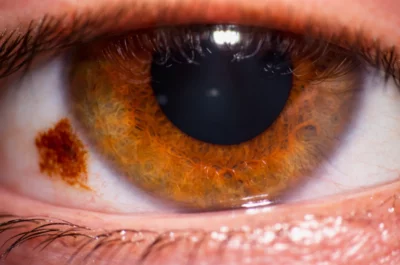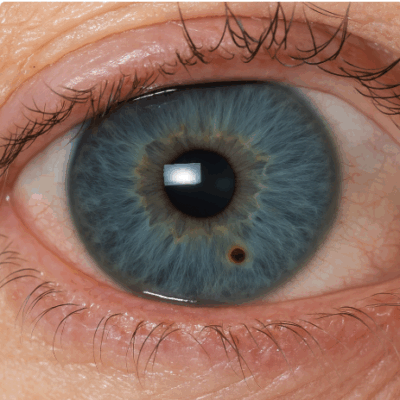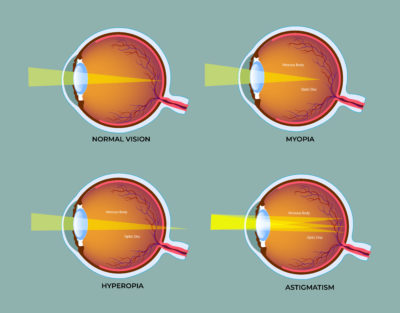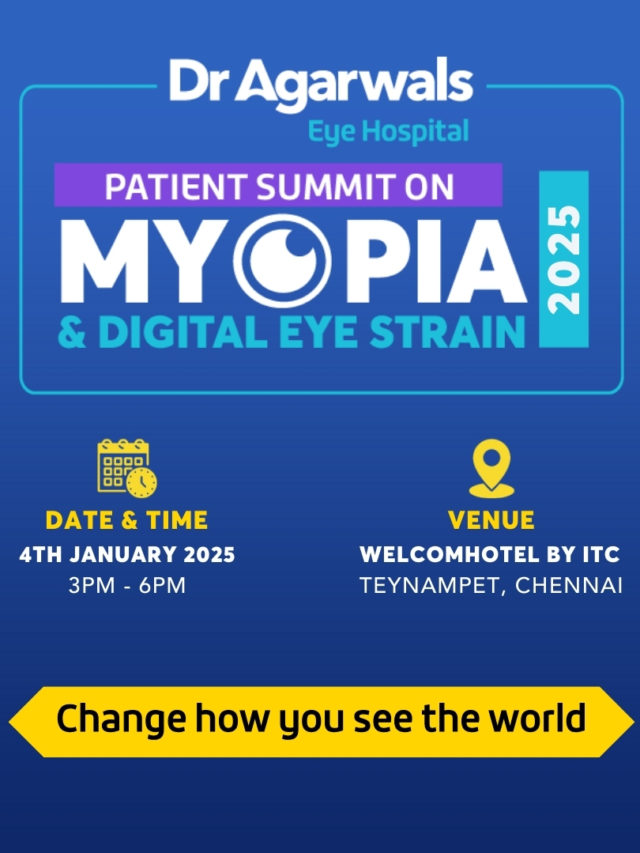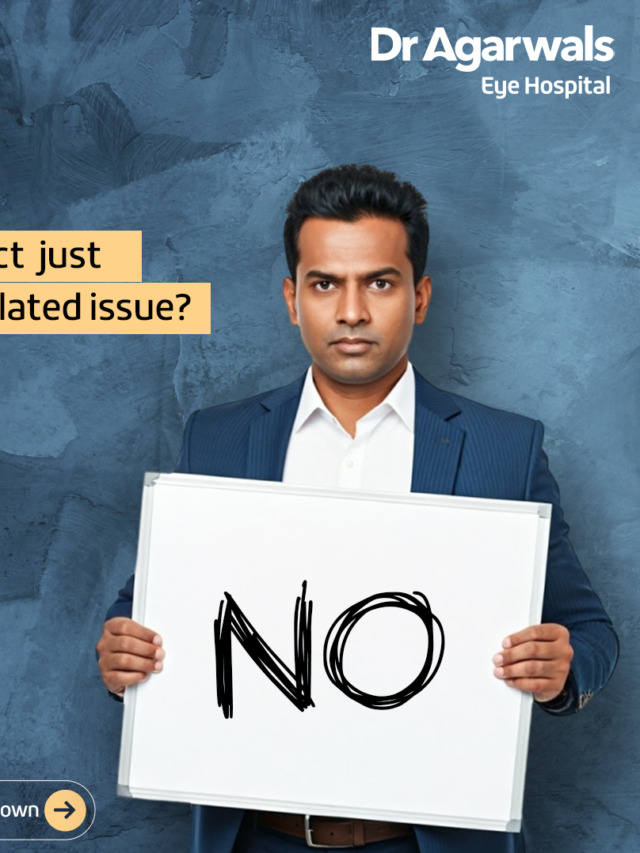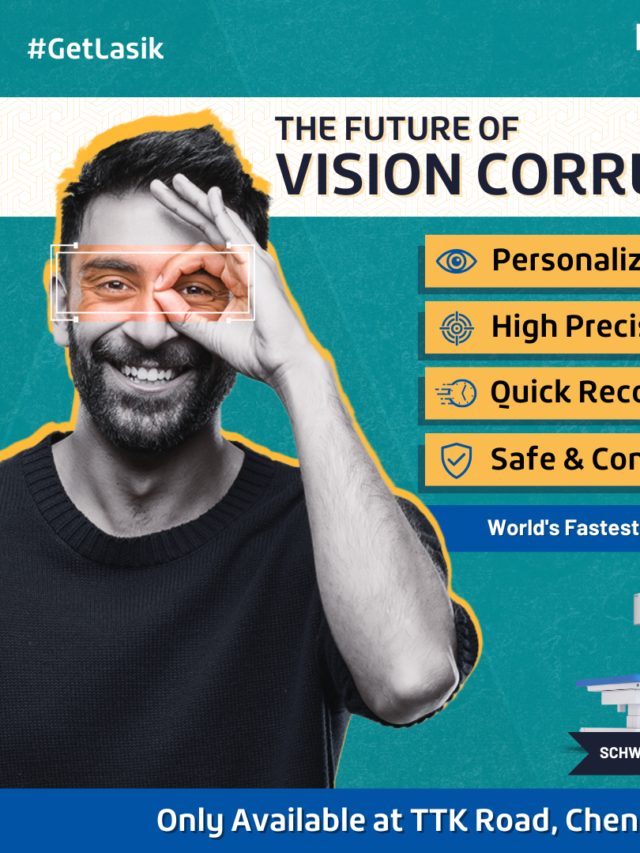A striking yet common concern, sunken eyes, also referred to as hollow eyes, can make one’s face appear tired or aged. Whether the root is lifestyle, genetics, or medical, understanding the meaning of sunken eyes is the first step to meaningful intervention.
Today, let’s explore the causes of sunken eyes, key sunken eyes treatment options, and straightforward remedies you can try at home.
Understanding Sunken Eyes
Sunken eyes (medical term: enophthalmos) occur when the eyes appear recessed into their sockets, accentuating a hollow or gaunt look often accompanied by visible dark circles. This appearance may arise from loss of supportive facial fat, dehydration, or age-related volume loss, making the eyes appear disproportionately deep-set and shadowed.
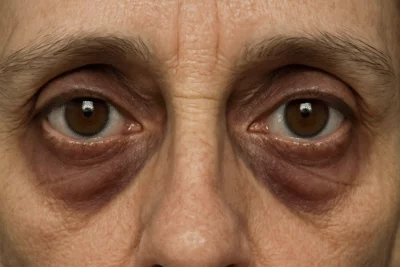
Causes of Sunken Eyes
Aging
As part of natural ageing, facial fat beneath the eyes gradually diminishes. The delicate skin becomes thinner, and the orbital structure becomes more prominent. Such volume loss contributes significantly to the sunken under-eye appearance and is a frequent cause of sunken eyes among older adults.
Weight Loss
Rapid or excessive weight loss can reduce fat around the cheeks and eyes, causing noticeable under-eye hollows. This contributes to hollow eyes with sharper contours and facial shadows. Addressing this often involves targeted nutritional and cosmetic solutions.
Dehydration
When the body lacks sufficient fluid, the under-eye area loses volume and plumps. This dehydration leads to sagging or sunken under-eye treatment, which often focuses first on restoring hydration through proper fluid intake and electrolyte balance.
Allergies
Frequent eye rubbing or swelling due to allergies can irritate and thin the under-eye skin. Chronic inflammation may deepen under-eye hollows, accelerate volume loss, and even exacerbate dark circles.
Sinus Infections
Sinus congestion can disrupt blood circulation around the eyes, leading to puffiness followed by collapse of surrounding volume. This cycle may accentuate under-eye hollows, making sunken eyes treatment at home less effective until underlying sinus issues resolve.
Trauma
Injuries or fractures around the orbital bones may lead to displacement or loss of orbital fat, causing permanent sunken eyes. Corrective approaches may involve reconstructive procedures such as fat grafting or eyelid surgery.
Medical Conditions
Certain illnesses, like thyroid eye disease or autoimmune disorders, may alter orbital fat distribution, resulting in a hollow under-eye appearance. These cases often benefit from specialised hollow eye treatment aligned with broader medical management.
Symptoms for Sunken Eyes
Hollowness under the eyes
A defining sign of sunken eyes or hollow eyes is visible indentations beneath the lower eyelid. The eye socket appears more recessed, often creating severe facial shadowing that draws attention to the under-eye area.
Dark circles
When shadows deepen around the eyes, they form or worsen dark circles, further emphasising the meaning of sunken eyes. These shadows are due to both volume loss and thinner overlying skin.
Dark shadow over the lower eyelid
A persistent dark crescent beneath the lower eyelid signals pronounced under-eye hollows. This hollow under-eye shadowing can amplify a fatigued or older look despite sufficient rest.
Thin-looking skin under the eyes
Reduced subcutaneous tissue results in thinner, more transparent skin that may reveal underlying blood vessels or bone contours. This fragile surface accentuates a sunken under-eye appearance.
Treatments for Sunken Eyes
Blepharoplasty (Lower Eyelid Surgery)
Blepharoplasty, particularly lower eyelid lift and fat repositioning, restores volume to the under-eye area. This procedure addresses shadowing and hollowness by repositioning or removing excess tissue to create a smoother, more youthful transition.
Platelet-Rich Plasma (PRP) Therapy
PRP treatment uses a patient’s blood plasma rich in growth factors to stimulate skin regeneration under the eyes. Though less volumising than fillers, it improves skin texture, subtly reducing the appearance of hollow under eyes.
Laser Resurfacing
By targeting superficial skin layers, laser resurfacing stimulates collagen production under the eyes. This treatment tightens delicate under-eye skin, addressing thinness and improving the appearance of shadows caused by hollowness.
Dermal Fillers
Injectable hyaluronic acid fillers provide immediate volume beneath the eyes, correcting sunken eyes or tear troughs non-surgically. Results typically last 12–18 months. Careful technique is essential to avoid overcorrection or visible lumps.
Prevention for Sunken Eyes
Hydration
Adequate water intake and hydration support skin volume. Drinking plenty of water helps reduce the sunken eyes effect. Water-rich foods like cucumber also contribute to inner hydration.
Sleep Hygiene
Consistent, quality sleep (7–9 hours nightly) supports skin repair and even facial volume. Poor sleep accentuates dark circles and hollow eyes, so a routine promotes a healthier appearance.
Sun Protection
UV exposure accelerates skin thinning and collagen degradation. Daily sunscreens and sunglasses shield the under-eye skin, helping prevent premature sunken under-eye changes.
Balanced Diet
Nutrients rich in healthy fats, antioxidants, and vitamins (e.g., leafy greens, fatty fish, and avocados) support skin health and structure, helping prevent early hollowing.
Avoid Smoking
Smoking accelerates skin ageing and connective tissue breakdown. Avoiding tobacco supports sunken eyes treatment and preserves skin volume and tone.
Limit Alcohol and Caffeine
Excess alcohol and caffeine can dehydrate and disrupt sleep, both of which contribute to under-eye hollows. Moderation helps maintain hydration and under-eye fullness.
When to See a Doctor for Sunken Eyes
Seek medical advice if under-eye hollowness develops rapidly or is accompanied by symptoms like pain, vision change, or swelling. These may suggest underlying conditions or trauma.
An oculoplastic surgeon or ophthalmologist can evaluate structural causes, including genetics, ageing, or orbital issues and recommend appropriate sunken eyes treatment such as dermal fillers, surgery, or lifestyle adjustments.
